Japan’s mascot obsession is known by those even marginally familiar with the country’s culture. Characters like Hello Kitty and her signature silhouette are recognized in countries across the globe, and thanks to the wonders of the internet we’re able to learn more about other cultures than ever before. But something I find that many people don’t realize about Japan is the sheer breadth of things that get their own mascots. Take, for instance, Japanese prefectures.
culture (Page 58)
Hollywood is carrying on its tradition of making white people the lead protagonists in movies about samurai with the 2013 47 Ronin, headed by Keanu Reeves.
But while the Japanese didn’t seem to bat an eyelid when it was revealed (spoiler) that Tom Cruise was literally the last samurai, the 47 Ronin trailer is raising eyebrows in Japan for its weird comic book treatment of the famous national legend that is said to be the most revered example of the samurai code of bushido.
There’s a saying in Japan about Mt. Fuji that goes to the tune of, “You ought to climb it once, but only a fool would climb it twice.”
That’s because, as yours truly learned just last weekend, climbing Mt. Fuji is a lot like spending up to eight hours repeatedly swinging a mallet into your knees as hard as you can. It’s also – at least this year, after having been declared a World Heritage Site – so crowded you’re guaranteed to be spending the climb with your face in dangerous proximity to someone else’s ass at all times.
Lucky for those that haven’t climbed it yet, Google Street View strapped some poor sucker with 100 pounds of weird Google robot gear, maybe gave him a bottle of water and some peanuts, and told him to walk right on up and take some pictures from the top. “It’ll be cool,” they probably said. “We promise.”
The dumplings known in Japan as gyoza are typically filled with diced cabbage and pork. Most of the time they’re also packed with enough garlic to make them as dangerous a temptation for office workers on their lunch break as a frosty mid-day beer.
Even though China, Japan, and Korea all have distinct food cultures, being so close to one another on the map means that some things are bound to cross borders. Case in point: all three countries love gyoza, and rightly so!
But while they’re united in their love for the food is universal, it turns out each nation has its own unique way of wrapping them, as our Japanese correspondent living in Germany recently found out.
With the announcement of Mt. Fuji joining the ranks of UNESCO’s World Heritage, there has been a sudden swell of attention paid to the iconic mountain. Merchandise has been coming out fast and furious, but the popularity explosion has unexpectedly struck the cute anthropomorphic Mt. Fuji moe character Saori with some of its shrapnel. However, while people were coming for the name association, a steady fan-base is building as we learn a little more about Saori’s personality.
Held each year on July 7, the Tanabata festival has its roots in the folktale of a young married couple, symbolized by two stars in the night sky, who toil away at their trades separately, able to meet just once a year. It’s a little like the situation in many Japanese families where the husband gets transferred by his company to another prefecture and his wife stays behind to continue her own career or look after the kids. Just replace “office workers” with “cowherd and daughter of the king of heaven” and “prefectural border” with “the Milky Way,” and you’ve got a close approximation.
The story of the two lovers finally being able to see each other has taken on a broader connotation of wishes coming true, and Tanabata is commonly celebrated by writing a wish down on strip of paper, then tying it to a stalk of bamboo.
Department stores and shopping centers usually have displays where visitors post their wishes. Since they’re then on display for others to see, you can get a glimpse of current trends by checking them out. “My family’s safety,” “success in business,” and “health” are three old-standbys of Tanabata wishes, but what else were people hoping for this year?
Japanese society is, by many measures, on the shy side when it comes to love. Full-grown adults often keep having a boyfriend or girlfriend a secret because they’re afraid of being teased or questioned about marriage, and if you see someone dressed up nicely carrying a bouquet of flowers, they’re far more likely to be going to a farewell party for a coworker than a date with a special someone.
However, there is one way in which Japan is refreshingly upfront with its romantic ambitions: the singles’ party known as a gokon. Literally meaning “matching party,” at a gokon you get an equal number of unattached men and women together, usually at a restaurant with plenty of alcoholic drinks, and see if there are any compatible pairs in the group.
As a guy, the combination of booze and girls seems like an ideal situation. But the flip side is that you’re also being judged by a panel of the opposite sex, so there are some serious pitfalls to look out for, and women in their 20s and 30s were recently polled as to the surest ways a guy can blow his chances at one of these parties.
Aside from being an upscale shopping center, Tokyo’s Roppongi Hills complex is also home to the Mori Art Museum and a 54th-floor observation deck. We recently paid the building a visit to check out two concurrently running events, the LOVE Exhibition and Hatsune Miku Café.
On 7 July, Tanabata kicks off in many parts of Japan. It’s an annual festival season which celebrates the stars Orihime and Hikoboshi, two lovers who are separated by the Milky Way except for this brief moment on the seventh day of the seventh month.
A popular custom during this time for young and old is to write down a wish on a strip of paper and hang it from a bamboo plant. However, as the years go by it seems that fewer and fewer people are going out to make wishes. This is why Calpis Co. Ltd. has decided to spark up interest in bamboo wishes by launching a study of their effectiveness.
In Chinese restaurants from America to Brazil, Britain, Australia, and much of the western world in between, there’s one thing we’ve all come to expect at the end of our meals. Aside from heartburn and maybe an upset tummy, we expect a tray full of fortune cookies to be delivered with the check. You know, those crisp, folded cookies with a paper slip inside telling you your lucky lotto numbers and the importance of friendship in your life. But did you realize that you’ll never encounter these kinds of cookies at restaurants within China itself? Investigations show that Chinese fortune cookies have absolutely nothing to do with China! The truth, it would seem, lies a little bit further east.
Japan has a few unique gift-giving traditions, like the mid-year ochugen and end-of-year oseibo gifts exchanged between relatives and business associates. For the most part though, things work the same as in any other country. Parents give toys to their kids on their birthdays, who in turn give flowers and neckties for Mother’s Day and Father’s Day. And of course, couples give presents to each other.
Also like in other countries, sometimes boyfriends in Japan don’t have a clue about what their girlfriends really want. Case in point: my wife says one of the best things I’ve given her is a thermos, which speaks volumes about either my gift-selecting savvy or her extremely forgiving nature.
Thankfully, for those guys who could use a little insight into the female psyche (approximately all of us), a recent survey asked 103 Japanese women about the presents from their boyfriends that brought tears to their eyes, whether for good or bad reasons.
Born and raised in Singapore, 31-year-old Kathy Xu had been a secondary school teacher all her adult life, including a brief stint in Japan in 2009. Despite her love of teaching, Kathy recently made the bold decision to dedicate herself full-time to helping stop the exploitative shark finning trade in Southeast Asia, having visited the island of Lombok three times and witnessed the grim situation first-hand. She is now working to provide those same fishermen with an alternative form of income: ecotourism.
With the long-term goal of replacing shark fishing with environmentally friendly tours operated by locals, Kathy hopes to change the way we think about sharks, as well as help maintain the delicate ecosystem that exists in the seas surrounding Lombok, potentially saving their sharks from extinction.
We sat down with Kathy to talk about her inspiring venture: The Dorsal Effect.
When it comes to food and drink, there really is no “right” way to enjoy it. Just as some will cringe at the very idea of munching on raw fish dipped in a little soy sauce, others will stare in horror and disbelief as their housemate smothers a baked potato in peanut butter (you know who you are). But when it comes to beer, as many foreigners visiting or living in Japan will no doubt attest, the fondness Japanese have for topping their drink off with an enormous amount of foam sometimes borders on the absurd. “It’s delicious!” Japanese colleagues tell me when I ask why a third of my beer is head. It may well be tasty, but when it takes three gulps of naught but white froth to reach the beer itself, you have to wonder if this is all some kind of hilarious practical joke that the entire country is in on.
But what about when drinking at home? Without a bartender to ensure that beer arrives with a thick head, how can the thirsty foam lover achieve the same results? Enter the Koku Awa beer pourer from Green House.
On 15 August, 1945 Japan had announced their surrender and set the end of World War II in motion. However, in one small space tucked away in Kagoshima City the atmosphere of that time over 60 years ago has been preserved.
Upon hearing of this unique location one of our reporters headed down to see if Nation at War Tavern (Gunkoku Sakaba) could really take us back to a very different Japan. The following is their report.
Light novels (or ranobe for short, a portmanteau of raito and noberu) are popular in Japan as short, cheap reads for young adults. They often come with manga-style illustrations and feature many tropes from popular anime. This makes the transition between genres easy, and many light novels have been adapted into popular anime such as Ore no Imōto ga Konnani Kawaii Wake ga Nai (There’s no way my little sister’s this cute!) and the currently airing Date-A-Live.
And now, Book Off–Japan’s brilliantly-named used bookstore chain–has added to the the recent spate of interactive maps with their new “Light Novel Pilgrimage Map”.
Convenience store giant 7-Eleven certainly knows its way to customers’ hearts. The store’s current Jump Heroes campaign–a collaboration with Shonen Jump Comics–is giving customers the chance to bag some pretty impressive prizes, with things like games consoles, tablet computers and even free hotel accommodation up for grabs.
Despite being a made famous by thousands of Japanese TV shows and comics, cute “sailor suit” uniforms and their ilk are not limited to schools in Japan alone. As we’ve seen before, high schools all across Asia kit their female students out with a variety of stylish getups, with the girls themselves often making their own modifications, usually quite aware that they are wearing outfits that millions of people across the world think are cute or just plain sexy.
But it appears that Japan’s reign as the school uniform capital of the world may soon be over. Bringing fashion and cartography together at last, a specially designed map of Taiwan which provides photos of the school uniforms the girls in each particular area are rocking has become a big hit online this week.
With over a billion registered users worldwide, Facebook is the king of online social networking services. In Japan, however, there are signs that its dominance is starting to crumble.
Facebook launched a Japanese version of its website in 2008. Initially, the platform experienced sluggish user growth as it struggled to compete with already established Japanese SNS sites produced by the likes of mixi, Mobage, and GREE. However, after well-known companies in Japan began to use Facebook as a marketing tool, it caught on with the general public and by the end of 2012 had 17.12 million users.
A mere five months later, however, that number has dropped to 13.78 million, a 19.5 percent drop in less than half a year.
It’s no secret that Japan is a hard-working society. Thankfully, there are a few times each year when more or less the whole country goes on vacation for a few days. There’s the string of holidays collectively known as Golden Week in early May, plus o-bon in August where people traditionally head back to their home towns, spend time with their relatives, and pay a visit to the graves of their ancestors.
However, there’s not much to stem the flow of work or school responsibilities between those two blissful periods, except for the oasis of Umi no Hi, or Marine/Sea Day, on the third Monday in July, which encourages people to take a trip to the beach and splash about in the sea.
Of course, this leaves June without a holiday of its own. And while Marine Day is great for people living in the coastal regions of Japan, residents of the country’s eight landlocked prefectures feel understandably left out. Thankfully, a group in mountainous Tochigi Prefecture has a solution to both problems.
Remember all the talk of a new “Cool Japan Strategy” which aimed to export Japan’s “coolness” abroad. Well, on May 28, the Japanese government’s Cool Japan Promotion Committee announced its action plan!
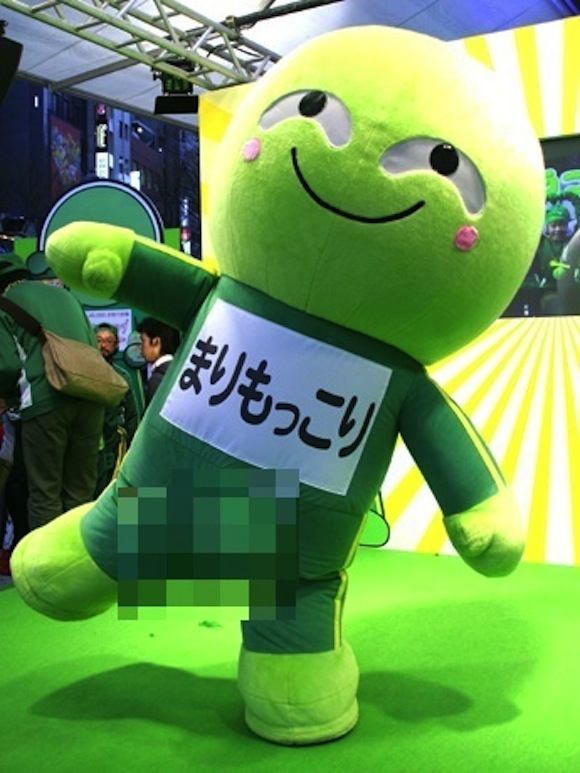


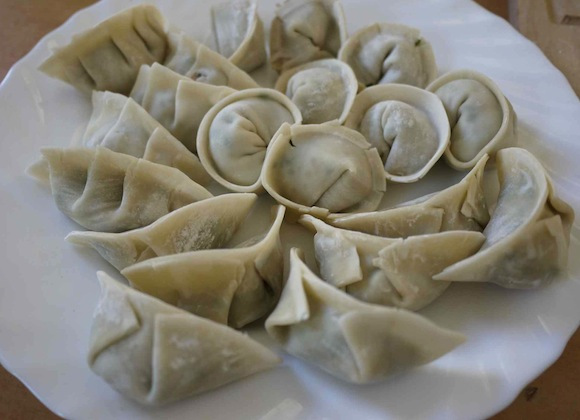
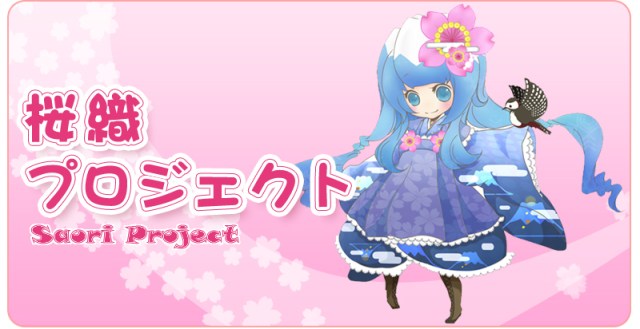
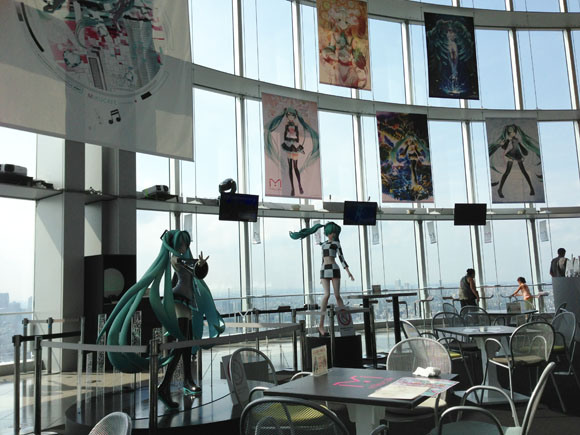


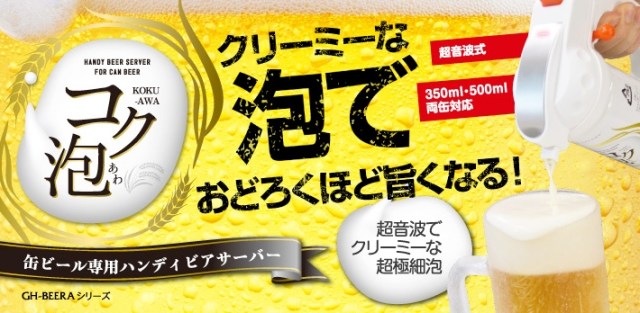
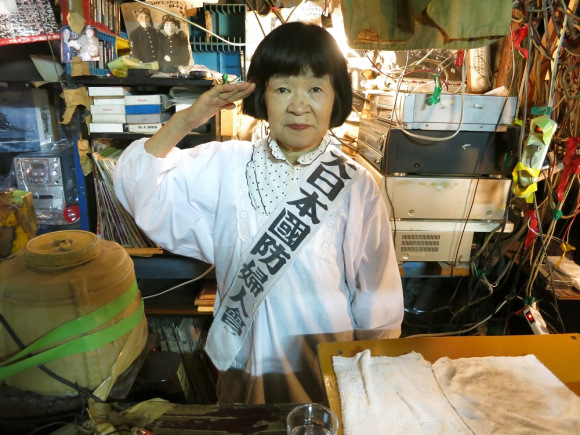
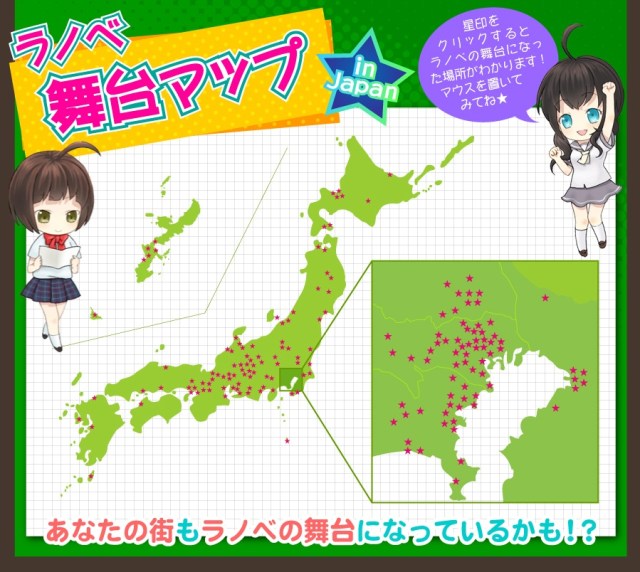

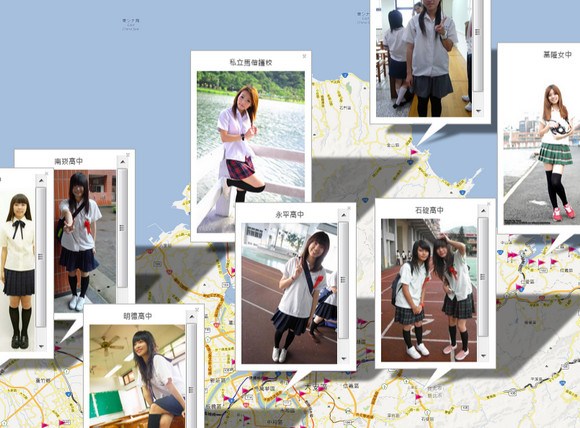
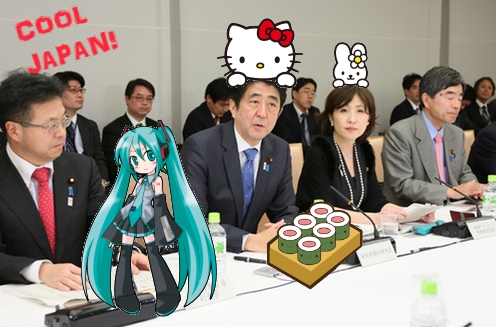
 Taking the Kyoto overnight bus for the first time
Taking the Kyoto overnight bus for the first time Kyoto Whopper divides customers at Burger King Japan
Kyoto Whopper divides customers at Burger King Japan Forbidden area at Japanese mountaintop shrine opens to the public for first time in 400 years
Forbidden area at Japanese mountaintop shrine opens to the public for first time in 400 years Japan’s caramel gacha machines offer sweet thrills, but do they deliver?
Japan’s caramel gacha machines offer sweet thrills, but do they deliver? Japanese burger chain no longer serves onion rings, but offers intriguing replacement【Taste test】
Japanese burger chain no longer serves onion rings, but offers intriguing replacement【Taste test】 American jackass tourist arrested after carving name into gate at Tokyo’s Meiji Shrine【Video】
American jackass tourist arrested after carving name into gate at Tokyo’s Meiji Shrine【Video】 Starbucks Japan unveils second Holiday Frappuccino for 2024
Starbucks Japan unveils second Holiday Frappuccino for 2024 Cute anime railway girls keep passengers company on Tokyo Skytree train
Cute anime railway girls keep passengers company on Tokyo Skytree train Flying dango: Unique tourist site where Japanese sweets are flown to you over a gorge
Flying dango: Unique tourist site where Japanese sweets are flown to you over a gorge Made In Japan Fender Limited Edition Hello Kitty Stratocaster now on sale in Japan
Made In Japan Fender Limited Edition Hello Kitty Stratocaster now on sale in Japan One of Japan’s most beautiful hot spring towns announces new limits on number of day trippers
One of Japan’s most beautiful hot spring towns announces new limits on number of day trippers Ghibli’s Princess Mononoke teams up with Foxfire for outdoor apparel collaboration【Photos】
Ghibli’s Princess Mononoke teams up with Foxfire for outdoor apparel collaboration【Photos】 Berserk T-shirts coming to Uniqlo for launch of new Manga Curation line【Photos】
Berserk T-shirts coming to Uniqlo for launch of new Manga Curation line【Photos】 Mario Kart Happy Meal toys arrive at McDonald’s Japan, and SoraNews24 has the whole set!【Photos】
Mario Kart Happy Meal toys arrive at McDonald’s Japan, and SoraNews24 has the whole set!【Photos】 After cancelling Halloween, Tokyo’s Shibuya neighborhood cancels New Year’s Eve too
After cancelling Halloween, Tokyo’s Shibuya neighborhood cancels New Year’s Eve too Tokyo park’s sea of clouds, nighttime illumination, and cosplay days make now perfect time to visit
Tokyo park’s sea of clouds, nighttime illumination, and cosplay days make now perfect time to visit Samurai ritual suicide contest cancelled by organizer in west Japan
Samurai ritual suicide contest cancelled by organizer in west Japan Japanese job-quitting service contacted by other job-quitting service because employee wants to quit
Japanese job-quitting service contacted by other job-quitting service because employee wants to quit Nintendo’s controller capsule toys are so cool, even the machine you buy them from is awesome【Pics】
Nintendo’s controller capsule toys are so cool, even the machine you buy them from is awesome【Pics】 Tokyo Disneyland loses top-attendance crown for Japanese theme parks for second year in a row
Tokyo Disneyland loses top-attendance crown for Japanese theme parks for second year in a row Ghibli Park debuts first winter illumination display with Howl’s Moving Castle theme
Ghibli Park debuts first winter illumination display with Howl’s Moving Castle theme Pringles releases a limited-edition sweet flavour in Japan
Pringles releases a limited-edition sweet flavour in Japan Sanrio and magical girl anime PreCure join forces for new merch line【Photos】
Sanrio and magical girl anime PreCure join forces for new merch line【Photos】 What’s the deal with akebi, the perfectly purple, alien-like fruit that’s in season now in Japan?
What’s the deal with akebi, the perfectly purple, alien-like fruit that’s in season now in Japan? McDonald’s new Happy Meals offer up cute and practical Sanrio lifestyle goods
McDonald’s new Happy Meals offer up cute and practical Sanrio lifestyle goods Foreign tourists on Shinkansen bullet train break suitcase etiquette, angering local passengers
Foreign tourists on Shinkansen bullet train break suitcase etiquette, angering local passengers [Deleted] Article written for April Fool’s Day 2018
[Deleted] Article written for April Fool’s Day 2018 Japanese government to make first change to romanization spelling rules since the 1950s
Japanese government to make first change to romanization spelling rules since the 1950s Foreigner’s request for help in Tokyo makes us sad for the state of society
Foreigner’s request for help in Tokyo makes us sad for the state of society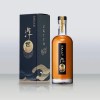 Ghibli founders Toshio Suzuki and Hayao Miyazaki contribute to Japanese whisky Totoro label design
Ghibli founders Toshio Suzuki and Hayao Miyazaki contribute to Japanese whisky Totoro label design Japanese convenience store Family Mart announces abolishment of eat-in spaces
Japanese convenience store Family Mart announces abolishment of eat-in spaces Princesses, fruits, and blacksmiths: Study reveals the 30 most unusual family names in Japan
Princesses, fruits, and blacksmiths: Study reveals the 30 most unusual family names in Japan Life-size vibrating Legend of Zelda Master Sword for sale from Nintendo【Photos】
Life-size vibrating Legend of Zelda Master Sword for sale from Nintendo【Photos】 Studio Ghibli releases free-download board game — Here’s how to play it without reading Japanese
Studio Ghibli releases free-download board game — Here’s how to play it without reading Japanese American jackass tourist arrested after carving name into gate at Tokyo’s Meiji Shrine【Video】
American jackass tourist arrested after carving name into gate at Tokyo’s Meiji Shrine【Video】 Starbucks Japan unveils second Holiday Frappuccino for 2024
Starbucks Japan unveils second Holiday Frappuccino for 2024 Cute anime railway girls keep passengers company on Tokyo Skytree train
Cute anime railway girls keep passengers company on Tokyo Skytree train Flying dango: Unique tourist site where Japanese sweets are flown to you over a gorge
Flying dango: Unique tourist site where Japanese sweets are flown to you over a gorge Made In Japan Fender Limited Edition Hello Kitty Stratocaster now on sale in Japan
Made In Japan Fender Limited Edition Hello Kitty Stratocaster now on sale in Japan Doraemon found buried at sea as scene from 1993 anime becomes real life【Photos】
Doraemon found buried at sea as scene from 1993 anime becomes real life【Photos】 Japan’s cheapest cardboard bed on the market can be yours for about 5,000 yen
Japan’s cheapest cardboard bed on the market can be yours for about 5,000 yen Beautiful Japanese garden green tea crepes waiting in Tokyo’s historical Asakusa neighborhood
Beautiful Japanese garden green tea crepes waiting in Tokyo’s historical Asakusa neighborhood Japanese balloon jellies, or “Tengu’s Treasure”, are a very unique souvenir
Japanese balloon jellies, or “Tengu’s Treasure”, are a very unique souvenir Yakuza vending machines coming to real-world Tokyo neighborhood that inspired Like a Dragon games
Yakuza vending machines coming to real-world Tokyo neighborhood that inspired Like a Dragon games Turn a persimmon into a pudding with one simple ingredient
Turn a persimmon into a pudding with one simple ingredient Japan reaches its lowest-ever ranking on Education First’s 2024 English Proficiency Index
Japan reaches its lowest-ever ranking on Education First’s 2024 English Proficiency Index Survey finds Japan to be least god-fearing nation in the world and it’s not even close
Survey finds Japan to be least god-fearing nation in the world and it’s not even close